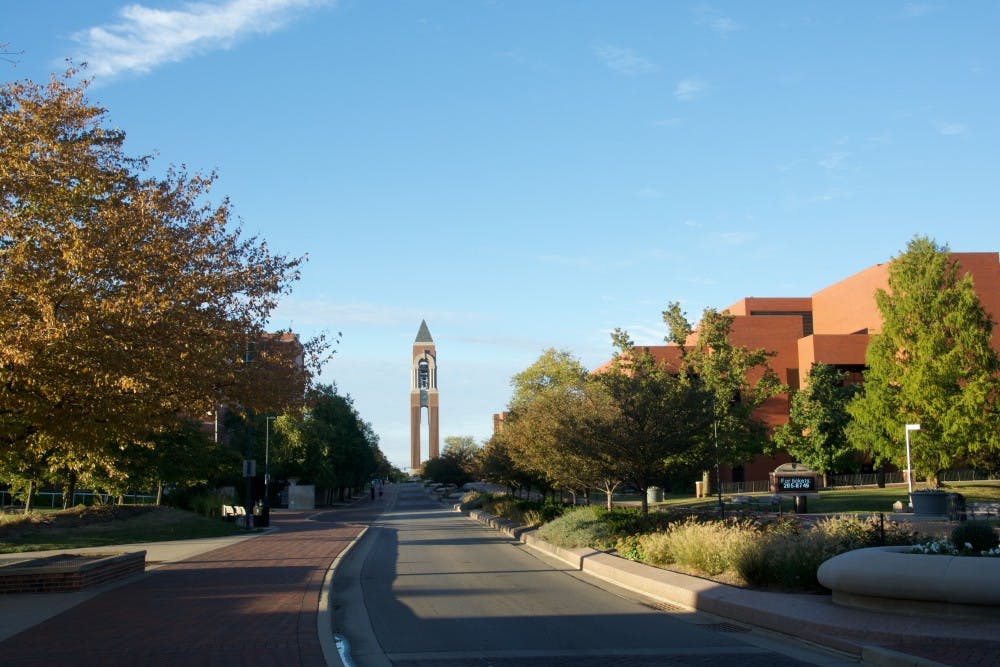Ball State has been without a permanent president for more than eight months now.
But this long timeframe to find a replacement for former President Paul W. Ferguson isn’t unusual.
Jan Asnicar, senior vice president over higher education at EFL Associates search firm, said the search typically ranges from four to nine months, which places Ball State right at the tail end of average.
The process becomes lengthy because of the amount of people involved in the search, she said.
“Ultimately with a presidential search, you want more input because you want people from all different areas — students, faculty, the community and alumni — to say that was a good choice,” Asnicar said. “If they have a voice in the process, they’re much more likely to think it was a good choice.”
On the flip side, if the community isn’t involved, Asnicar said, the president will have a harder time fitting into the university.
In the past, Ball State has had longer periods between presidents. There wasn’t a replacement period between Ferguson and Jo Ann Gora, but there was an eight-month gap between Gora and her predecessor, Blaine Brownell.
Brownell resigned in January, just like Ferguson, and Gora started the following August.
Matt Momper, head of the search committee, said in an all-campus email that the search remains “moving along at the proper pace.”
Momper maintains the university doesn't have a deadline for the process but will continue to search until they find the right candidate.
The search firm has not yet narrowed the field down to the most qualified candidates to interview yet, Momper said, which could lead to a longer search period for Ferguson’s replacement.
The longest time between presidents at Ball State was in the 1940s when former President Lemuel Arthue Pittenger resigned due to an illness. Winfred Ethestal Wagoner served as the acting president, and then his term was extended to two years until John R. Emens took over.
The reasoning behind the last president's departure can also have an impact on the search time, said Scott Jaschik, editor-in-chief of Inside Higher Ed. For example, if the president announces his or her retirement but stays in the position until the end of the year, like Gora did, the Board of Trustees has more time to search for the right president.
“Trustees tend to be people who have full-time jobs, so they aren’t full time on [the search],” Jaschik said. “It’s not like in the corporate world where you might see a quicker process.”
Especially because Ferguson left without an explanation — at least to the public — Jaschik said the Board of Trustees will have to discuss what they want in a new president and compare that to any concerns they had with the previous one.
But because the president isn’t necessarily teaching classes or making sure the Wi-Fi works, Jaschik said, they don't need to be replaced quickly. Their role is less day-to-day and more focused on external issues.
“When the role really matters is when there’s a big challenge of some sort for the university,” he said. “If the provost is long standing, the reality is you’ve got an interim who knows the place and know the players.
“It’s not like there’s no one who can make decisions.”





